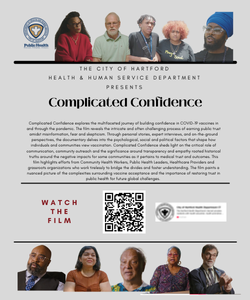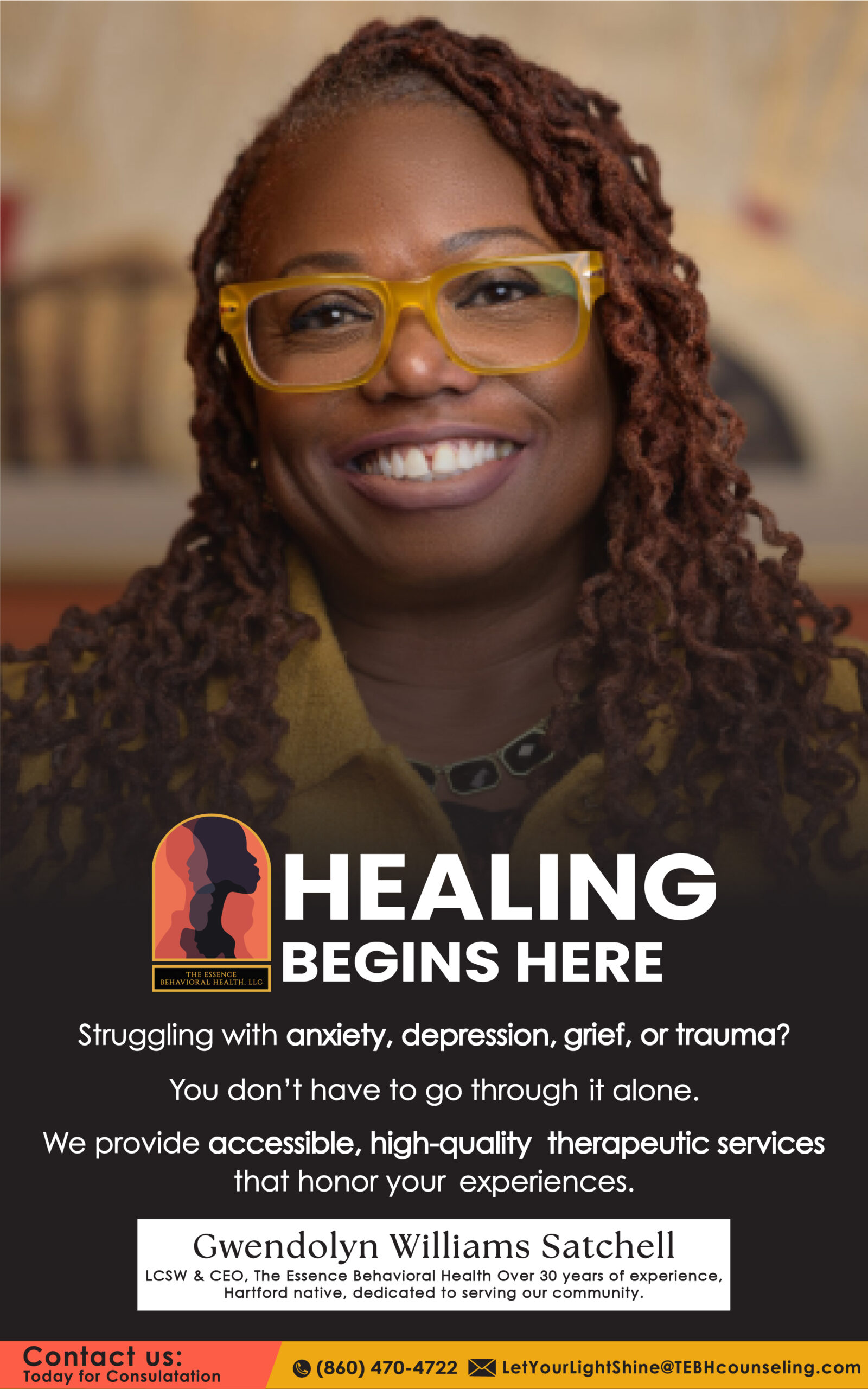By Nikki Giovanni
I will raise my eyes to the mountains; from where will my help come? My help comes from the Lord. —Psalms 121:1–2
I think that this part of the psalm is the proper introduction to Appalachia because all of the Appalachians, all of the people, came here for comfort. But let’s just take it back a little bit. The rabbits, the groundhogs, the wolves before we killed them off, all found comfort in Appalachia. The trees, the bushes found comfort in Appalachia. The Indigenous people lived here first with Appalachia.
The next group that came were the people that the English kicked out. And the Irish kicked [them] out, because they didn’t want to, for lack of a better word, be bothered with them. And those settlers began to destroy the trees and the bushes because they wanted to make things. The Black Americans came, mostly as people running from slavery. And as they ran from slavery, they found that they had friends in Appalachia, that Appalachia could offer comfort to those who needed a way to be safe.
During the time of the Underground Railroad, we’ve been told that Appalachian women made quilts so you could follow a quilted map from Georgia to Maine toward freedom. There would be a quilt laid outside of a cabin, which relayed a message. We think of escaping from slavery as a nighttime run, but you couldn’t see a quilt at night. So fleeing slavery was also definitely a daytime activity, and it sometimes meant communication between the whites who had been kicked out of Europe and the Blacks running toward freedom.
They, too, understood what it was like to not have a home. When they hung lanterns at night to light the way for the enslaved, the people who chased the enslavers could see the lanterns too. They reached out to work with them, to move during the day. So we need to look at the daytime running of the enslaved—there’s a story there—of the white women lynched for their compassion, of people working together for comfort and home.
We also know—and it’s incredibly important—that without Appalachia speaking up, as it were, for America, the outcome of the Civil War would have been different. West Virginia decided it would not remain a part of Virginia and said that we will not send our sons to die so that the Shenandoah can have slaves.
When West Virginia—with its Kanawha River—pulled away from Virginia, it blocked the Confederacy’s access to the Ohio River and saved the Union. If they hadn’t done that, it would have been a different war. So the United States owes being united in part to Appalachians. They stood up for that which was right and have continued to do so.
Parts of Appalachian history will cause some to be embarrassed and ashamed. But we also know that Appalachians, whether they were Black or white or Indigenous, have welcomed visitors from other nations, have welcomed other people who are escaping not slavery but the violence of other nations, and Appalachia has offered them a home.
These are a great people. And the stories shared among people in Appalachia are those of people who have found comfort in Appalachia and who have brought their sense of what is right to Appalachia—whether it’s what’s right for the people, what’s right for the trees and animals, or what’s right for the water. How do we listen to what nature has given us?
We must learn to listen to the lessons of Appalachia, to the voices, which is to say the heart, of the great people who have chosen Appalachia as our home.
This excerpt, adapted from Beginning Again: Stories of Movement and Migration in Appalachia edited by Katrina M. Powell (Voice of Witness and Haymarket Books, 2024), appears by permission of the publisher. Beginning Again brings together oral histories of refugees, migrants, and generations-long residents that explore complex journeys of resettlement and belonging. This editorial was originally published in YES Magazine .
This photo, taken by “Pictureman” Mullins circa 1945, shows Collins and Effie Hollyfield, who moved to Letcher County in the 1930s and lived in Dunham, KY where Collins worked as a coal miner.





